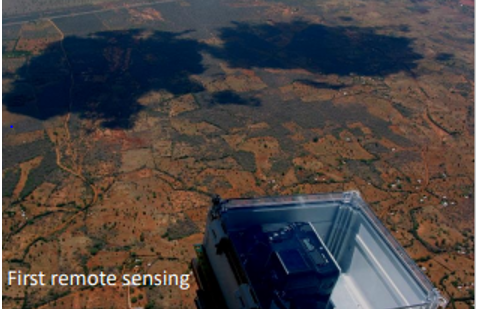In navigating the transition from a dynamically typed programming language to Go, I have accumulated valuable insights that I believe can benefit others embarking on a similar journey. Provided in the article are resources that can help you explore more of these tips. Here are seven practical tips distilled from my personal experience:
Embrace Static Typing
Coming from a dynamically typed language, the shift to Go's static typing may initially feel restrictive. However, embrace this characteristic as it offers enhanced code clarity, early error detection, and improved maintainability, particularly in large codebases.
Leverage Interfaces
Go's interface system fosters flexibility and modularity in code design. Utilize interfaces to define contracts between components, facilitating code extensibility and testability while minimizing dependencies. See the Go interface in action here.
Master Concurrency with Goroutines and Channels
Go's built-in concurrency primitives, namely goroutines and channels, empower developers to write efficient and scalable concurrent programs. Invest time in understanding these concepts thoroughly, as they are integral to Go's concurrency model. Read more about concurrency and Goroutines.
Adopt Idiomatic Error Handling
Embrace the idiomatic error handling approach in Go, emphasising explicit error checking and handling rather than relying on exceptions. Leverage features like multiple return values and the error interface to propagate and manage errors effectively. Read more on error handling here.
Practice Effective Dependency Management
Use Go modules to manage dependencies in your projects. By defining explicit module boundaries and version constraints, you can ensure reproducibility and compatibility across environments. Learn more about Go modules.
Explore the Standard Library
Go's standard library is rich with well-designed packages for a wide range of tasks, from networking and cryptography to parsing and testing. Familiarize yourself with the offerings of the standard library to leverage its robust functionality in your projects. The standard library? Here you go.
Engage with the Go Community
The Go community is vibrant and supportive, offering a wealth of resources, forums, and events for learning and collaboration. Engage with the community through forums, meetups, and open-source contributions to deepen your understanding and proficiency in Go. Join a community in your area.
By embracing these tips and integrating them into your development workflow, you can navigate the transition from a dynamically typed language to Go with confidence and proficiency, unlocking the full potential of this powerful programming language.


